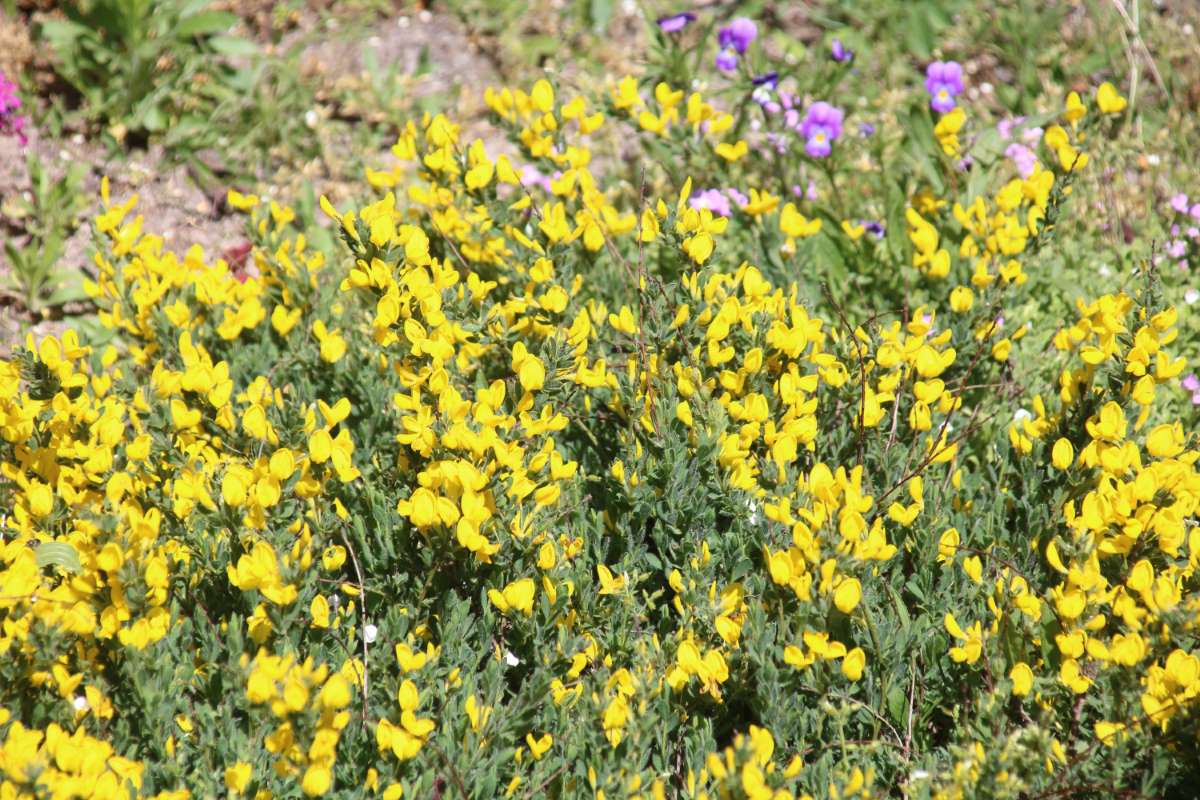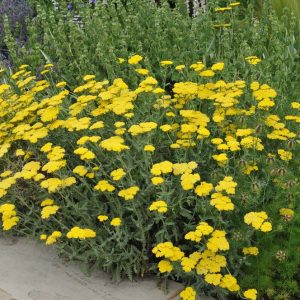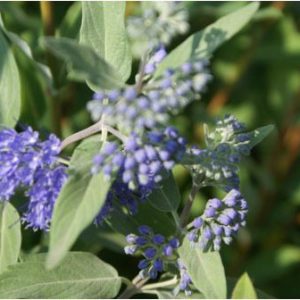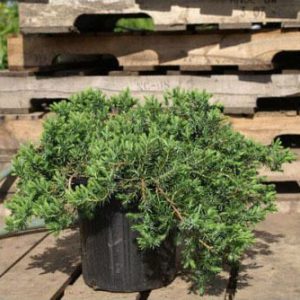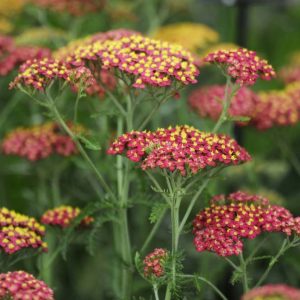Description
Cytisus – Argyrocytisus – Broom –
There are about 50 species of deciduous to evergreen prostrate shrub, shrubs and rarely small trees, in this genus. They occur in Europe, Mediterranean, Western Asia, and North Africa, found in well drained soils, usually in open sites, from high mountains to scrub and heathland at lower altitudes. Brooms have alternate, usually 3 palmate, occasionally simple, mostly mid green leaves, but are occasionally simple, mostly mid green leaves, but are occasionally leafless when mature. They are grown for their usually, abundant yellow, pea like, sometimes very fragrant flowers, carried on current seasons growth, singly or in terminal or leafy, axillary racemes or clusters. Flowers are followed by linear or oblong, usually mid green, often hairy, hard coated, seed pods. The smaller species and cultivars are suitable for a rock garden or raised bed. Grow larger brooms in a shrub border, use prostrate variants as a ground cover.
Grow in moderately fertile, well drained soil in full sun. Provide shelter from sold drying winds. Brooms thrive in poor, acidic soils. Most are also lime tolerate, but often become chlorotic on shallow alkaline soils. They resent transplanting.
Prone to gray mold, dieback, root rot, and spider mites.
C. decumbens – Genista decumbens – This ascending or prostrate, deciduous shrub from the Southern Alps and Italy grows 4-12″ tall and 36″ wide. From wiry, branching stems it carries simple, oblong, finely hairy, stalkless leaves, to 3/4″ long. In late spring and early summer it bears axillary clusters of 1-3 brilliant yellow flowers, to ½” long.
Zones 6-9

